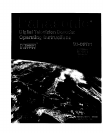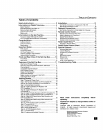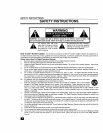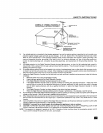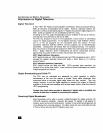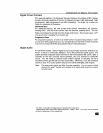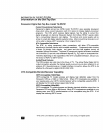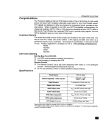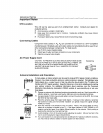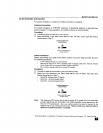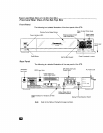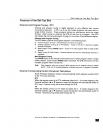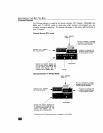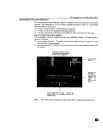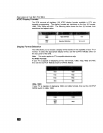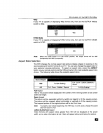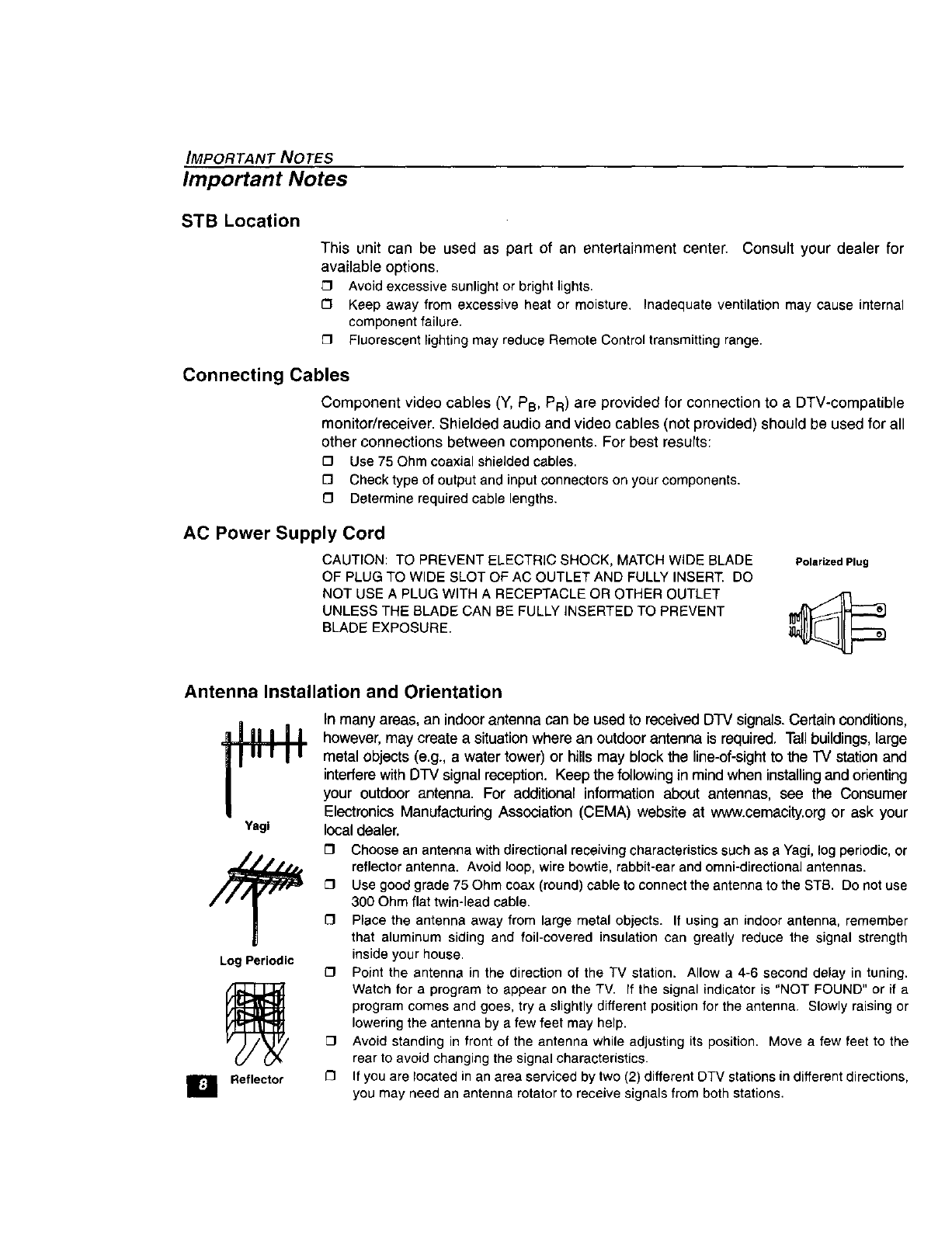
IMPORTANT NOTES
Important Notes
STB Location
This unit can be used as part of an entertainment center. Consult your dealer for
available options.
£3 Avoid excessive sunlight or bright lights.
O Keep away from excessive heat or moisture. Inadequate ventilation may cause internal
component failure.
{3 Fluorescent lighting may reduce Remote Control transmitting range.
Connecting Cables
Component video cables (Y, PB, PR) are provided for connection to a DTV-compatible
monitor/receiver. Shielded audio and video cables (not provided) should be used for all
other connections between components. For best results:
O Use 75 Ohm coaxial shielded cables.
£3 Check type of output and input connectors on your components.
O Determine required cable lengths.
AC Power Supply Cord
CAUTION: TO PREVENT ELECTRIC SHOCK, MATCH WIDE BLADE
OF PLUG TO WIDE SLOT OF AC OUTLET AND FULLY INSERT. DO
NOT USE A PLUG WITH A RECEPTACLE OR OTHER OUTLET
UNLESS THE BLADE CAN BE FULLY INSERTED TO PREVENT
BLADE EXPOSURE.
Polarized Plug
Antenna Installation and Orientation
Yag_
In many areas, an indoorantenna can be used to received DTV signals. Certain conditions,
however, may create a situation where an outdoor antenna is required, Tall buildings, large
metal objects (e.g., a water tower) or hills may block the line-of-sight to the TV station and
interfere with DTV signal reception. Keep the following in mind when installing and orienting
your outdoor antenna. For additional information about antennas, see the Consumer
Electronics Manufacturing Association (CEMA) website at www.cemacity.org or ask your
local dealer.
{3
{3
Log Periodic
£3
®°
] Reflector {3
Choose an antenna with directional receiving characteristics such as a Yagi, log periodic, or
reflector antenna. Avoid loop, wire bowtie, rabbit-ear and omni-directional antennas.
Use good grade 75 Ohm coax (round) cable to connect the antenna to the STB. Do not use
300 Ohm flat twin-lead cable.
Place the antenna away from large metal objects. If using an indoor antenna, remember
that aluminum siding and foil-covered insulation can greatly reduce the signal strength
inside your house.
Point the antenna in the direction of the TV station. Allow a 4-6 second delay in tuning.
Watch for a program to appear on the TV. If the signal indicator is "NOT FOUND" or if a
program comes and goes, try a slightly different position for the antenna. Slowly raising or
lowering the antenna by a few feet may help.
Avoid standing in front of the antenna while adjusting its position. Move a few feet to the
rear to avoid changing the signal characteristics.
If you are located in an area serviced by two (2) different DTV stations in different directions,
you may need an antenna rotator to receive signals from both stations.



